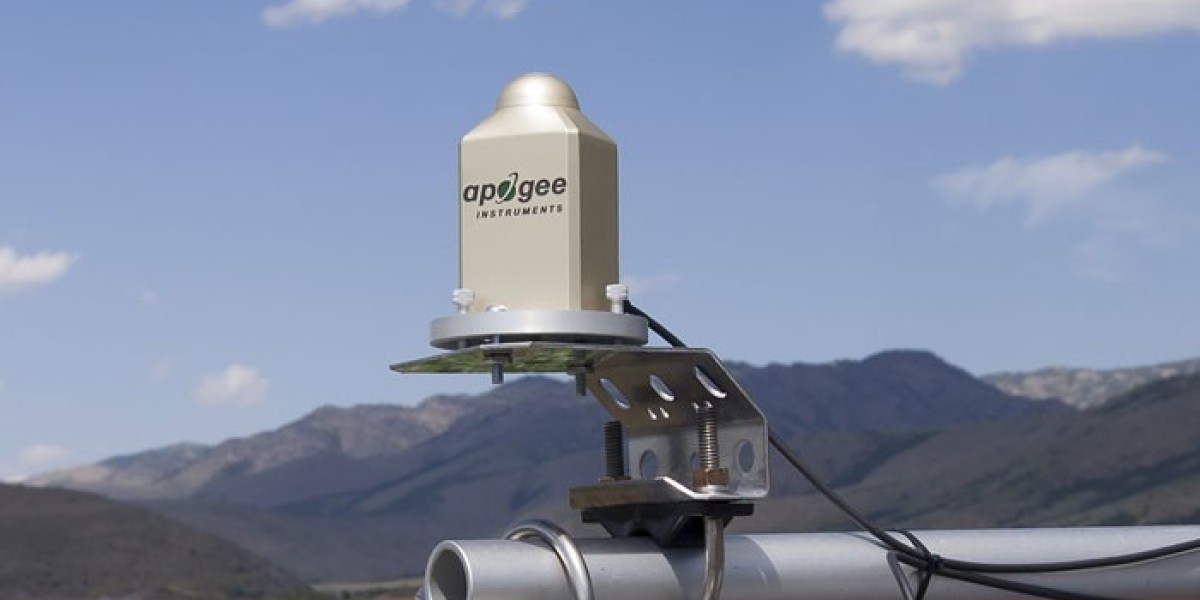A spectroradiometer is a sophisticated instrument designed to measure the spectral power distribution of light sources. This technology is commonly used to evaluate the intensity and distribution of light across different wavelengths, offering a precise way to analyze the characteristics of light in various environments.
How Does a Spectroradiometer Work?
A spectroradiometer operates by detecting and analyzing light across a range of wavelengths. The device separates the incoming light into its spectral components and measures the intensity at each wavelength. This data allows for a detailed understanding of light properties, including color and intensity, making the device invaluable in industries requiring precise light measurements.
Applications of Spectroradiometer
Spectroradiometers are widely utilized in fields like environmental monitoring, display calibration, and material analysis. In environmental studies, they help analyze sunlight and its effects on ecosystems. In display technology, they ensure accurate color reproduction by measuring screen brightness and color fidelity. Similarly, in research and development, these instruments assist in the study of material properties under different lighting conditions.
The Importance of Spectroradiometers
The precision and versatility of spectroradiometers make them essential in both scientific and industrial settings. By providing detailed spectral information, they enable researchers and professionals to optimize lighting systems, improve display technologies, and contribute to advancements in renewable energy studies.
Conclusion
A spectroradiometer is more than just a measuring tool; it is a bridge to understanding and optimizing light in a variety of applications. Its ability to provide detailed insights into the spectral characteristics of light has made it a cornerstone in many modern technological and environmental advancements.







